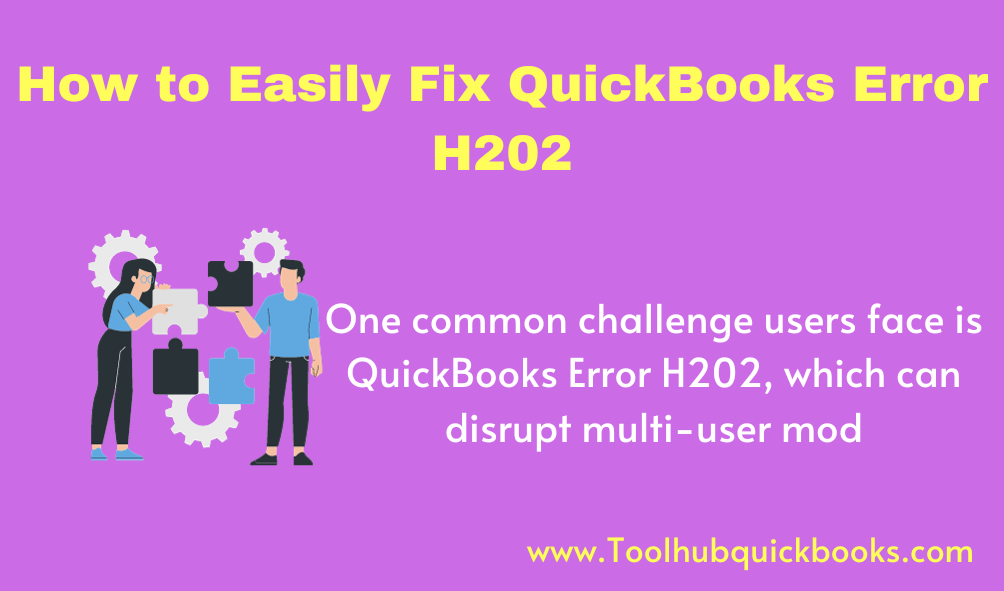In the ever-evolving realm of Information Technology, staying ahead of the curve is not just a choice; it’s an imperative. For Canadian decision-makers in IT, the Tech Trends 2023 report from Info-Tech is a veritable treasure trove of insights. Before delving into the full report, it’s essential for Canadian IT leaders to explore the key highlights and takeaways.
Exploring New Horizons
The Metaverse
Intriguingly, Meta’s recent layoff of 11,000 metaverse employees, with a significant Canadian contingent, has triggered discussions within the public sector about the metaverse’s potential. It holds the promise of adding value, yet a comprehensive, tangible vision remains elusive. This is where Canadian CIOs and government IT decision-makers come into play, for they should be vigilant observers as the technological landscape continues to evolve.
During the pandemic, the Canadian public sector displayed resilience by swiftly integrating virtual collaboration platforms. These platforms enhanced communication, facilitated collaboration, and streamlined data management. To ensure preparedness for the future, public sector teams must continue honing their digital collaboration capabilities. Here are two pivotal steps:
-
Venturing into 3D Modeling: Consider experimenting with the management of 3D models of popular tourist attractions that are in the public domain. This proactive approach prepares government entities for emerging use cases as the current churn of technological advancements persists.
-
Modernizing Communication and Collaboration Infrastructure: In an era where efficient hybrid work is the new norm, revamping communication and collaboration infrastructure is a priority. Establishing a robust digital channel for community engagement is paramount. Moreover, these initiatives might evolve into more comprehensive information management strategies, such as harnessing the benefits of an online repository offered by a virtual data room.
Irrespective of the metaverse’s evolution, the unchanging truth remains – effective data management and orchestration are indispensable for facilitating efficient and effective communication.
Generative AI
Generative AI, a sophisticated semi-supervised machine learning technique, is making waves in the tech world. It leverages neural networks to create new content and decipher intricate signal data, marking a substantial leap forward. Besides its applications in content generation, it has a vital role to play in bolstering cybersecurity analytics and defense measures. It’s also a creative force behind generating images for government use.
In the realm of generative AI, Canada stands in a strong position thanks to the Pan-Canadian Artificial Intelligence Strategy initiated in 2017. This strategy is built on three solid pillars:
- Talent and Research: Nurturing talent and fostering groundbreaking research in the field.
- Commercialization: Supporting three national artificial intelligence centers and fostering global information clusters to drive Made-in-Canada AI innovations.
- Standards: Paving the way for AI standards, an effort spearheaded by the Standards Council of Canada.
All three pillars receive unwavering support from the federal government through the fiscal year 2026.
To harness the full potential of AI, Canadian government organizations should strive for a comprehensive understanding of new regulations, comparing biased results with enhanced governance, and always considering ethical implications. This enables them to augment their workforce, accelerate AI model training, and tap into the goldmine of unstructured data with AI-powered solutions.
Industry-Led Data Models
Efficiently harnessing the potential of shared digital services necessitates a standardized approach to data models within the Canadian public sector. It’s an essential aspect of digital governance that supports seamless data sharing across all government levels and facilitates the implementation of reusable digital services and procedures.
Interestingly, while there have been sporadic efforts in this direction, uniform data models are yet to be fully integrated throughout the Canadian government. In addressing this critical need, Info-Tech Digital Identity’s Datathons have played a pivotal role in recent months.
To foster social innovation and bolster economic activity, this document has proposed a wide range of strategies for producing, safeguarding, and disseminating data as a strategic asset. Given the significant societal transformations in Canada over the last four years, a data strategy that incorporates scalable data models has become a necessity. In response, the federal government has initiated a comprehensive revision of its data strategy, beginning in 2022 and extending through 2023.
Sustaining Digital Processes
The pandemic has ignited a robust demand for digital services among Canadians, and the consensus is clear – the current services need substantial improvement. Consequently, delivering seamless digital experiences that seamlessly integrate with traditional in-person and telephone services has become the prime motivator for Canadian public sector enterprises. Key considerations for Canadian public sector CIOs and ITDMs include:
- Modernizing Application Portfolios: A robust digital services platform can be built by modernizing the application portfolio.
- Establishing Clear Digital Strategies: Clear goals and directions are essential for shaping effective digital strategies.
- Incorporating Sound IT Security Practices: Strengthening digitization’s effectiveness by integrating robust IT security practices and procedures.
- Enhancing Government Services through Digital Identity: Leveraging digital identity solutions to enhance government services.
In this swiftly evolving landscape, Canadian IT leaders face rapid transformations. The Honorable Mona Fortier, currently the President of the Treasury Board of Canada, has set an ambitious goal: ensuring that customers accessing digital services within the federal government’s digital ecosystem receive a consistent experience, regardless of entry point. Achieving this requires the establishment of uniform data models – a challenging yet commendable task before the Government of Canada.
Volatility Protection
Reporting and Analytics on ESG Issues
ESG (Environmental, Social, and Governance) analytics and reporting are still in their infancy within public sector organizations in Canada. However, with the federal budget for 2022 mandating full ESG disclosure by 2024, the landscape is rapidly evolving. Financial institutions and pension funds are adjusting to meet these requirements, recognizing that effective ESG risk management enhances overall performance.
StatsCan has taken a significant step in this direction by launching an ESG data dashboard at the federal level. Users can assess their interest in the data and help shape the project’s future direction with their responses.
Provincially, Alberta established an ESG Secretariat in 2021, British Columbia released its first ESG report this year, and Nova Scotia and Prince Edward Island have also joined the league of ESG reporters. Furthermore, Quebec, Newfoundland, and other provinces have shared their sustainability goals. Several Canadian communities have commenced ESG reporting, with cities like Calgary and Edmonton indicating their intent to embrace ESG principles.
The ESG imperative carries far-reaching benefits for public sector organizations at all levels in Canada, and it underscores the importance of responsible governance.
Zero Trust Security
The ongoing pandemic has underscored the significance of supply chain consistency, the reliability of core services, and the resilience of those who provide these services. Recent years have witnessed a surge in cyberattacks, both in terms of quantity and sophistication. Despite the increasing complexity of dealing with ransomware, Canadian municipalities continue to grapple with this challenge, as highlighted in reports by IT World Canada. Notably, the National Cyber Threat Assessment 2020 assessment identified cyber threats from “state-sponsored programs” as Canada’s most significant strategic risk. Recognizing this grave concern, the Canadian government allocated additional funding for cybersecurity across various government departments and agencies.
Security borders have transformed into both permeable and challenging to enforce, mainly due to the wider adoption of XaaS (Everything as a Service) platforms. This necessitates the adoption of a “Zero Trust” security model, aptly named a “borderless” security model, as it permits both internal and external access to services. This marks a paradigm shift from the traditional “defense in depth” strategy. Achieving success in this environment demands preparation, experience, and adequate funding.
Conclusion
Canadian public sector IT leaders have a significant task at hand – staying abreast of the ever-evolving technology trends in 2023. It’s imperative for them to leverage the latest trends and technologies, foster robust partnerships with tech vendors, and invest in research and development. A forward-looking approach to IT is the key to success, positioning Canadian public sector IT leaders for a transformative year ahead. To excel as a Canadian Public Sector IT Leader in 2023, learn about the myriad advantages of migrating to Canada through Express Entry Draw, and consider Immigtoronto as your partner in your journey towards technological innovation and growth.






